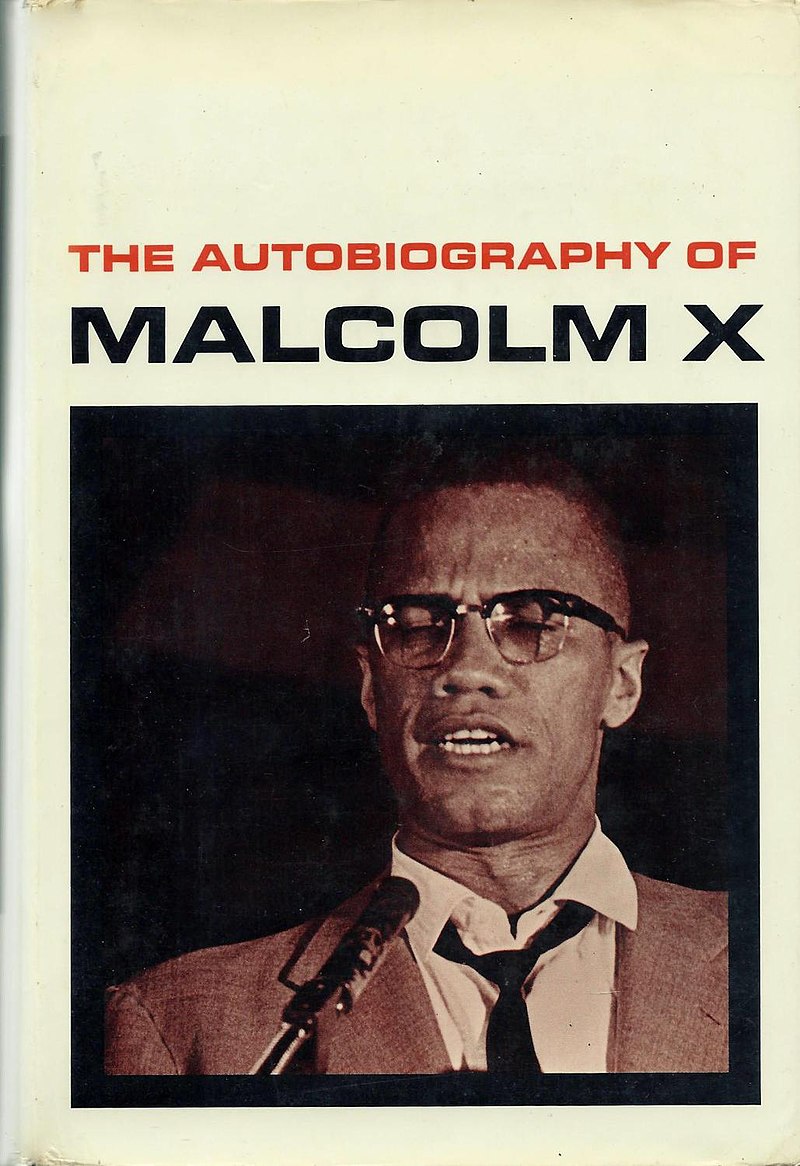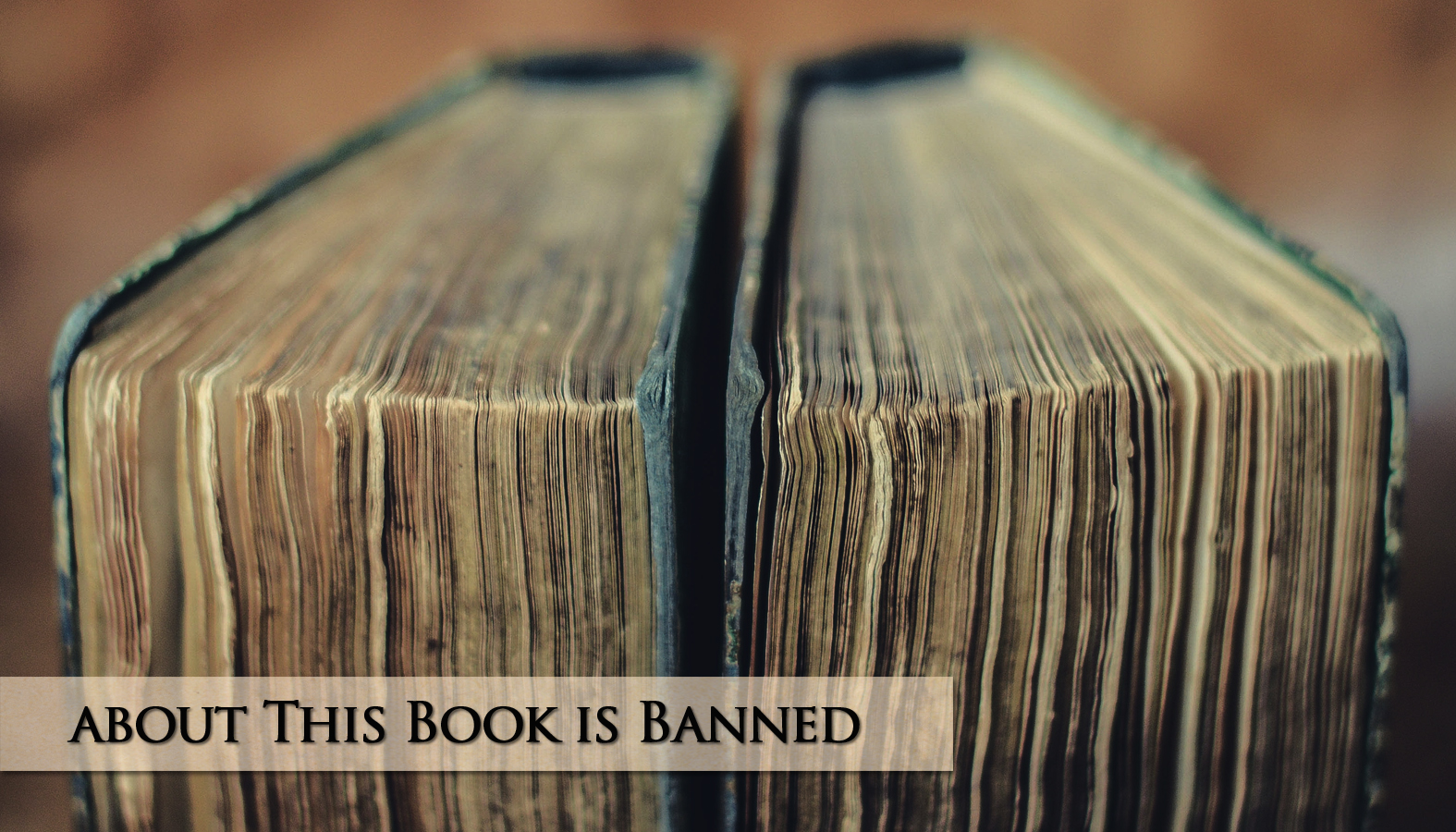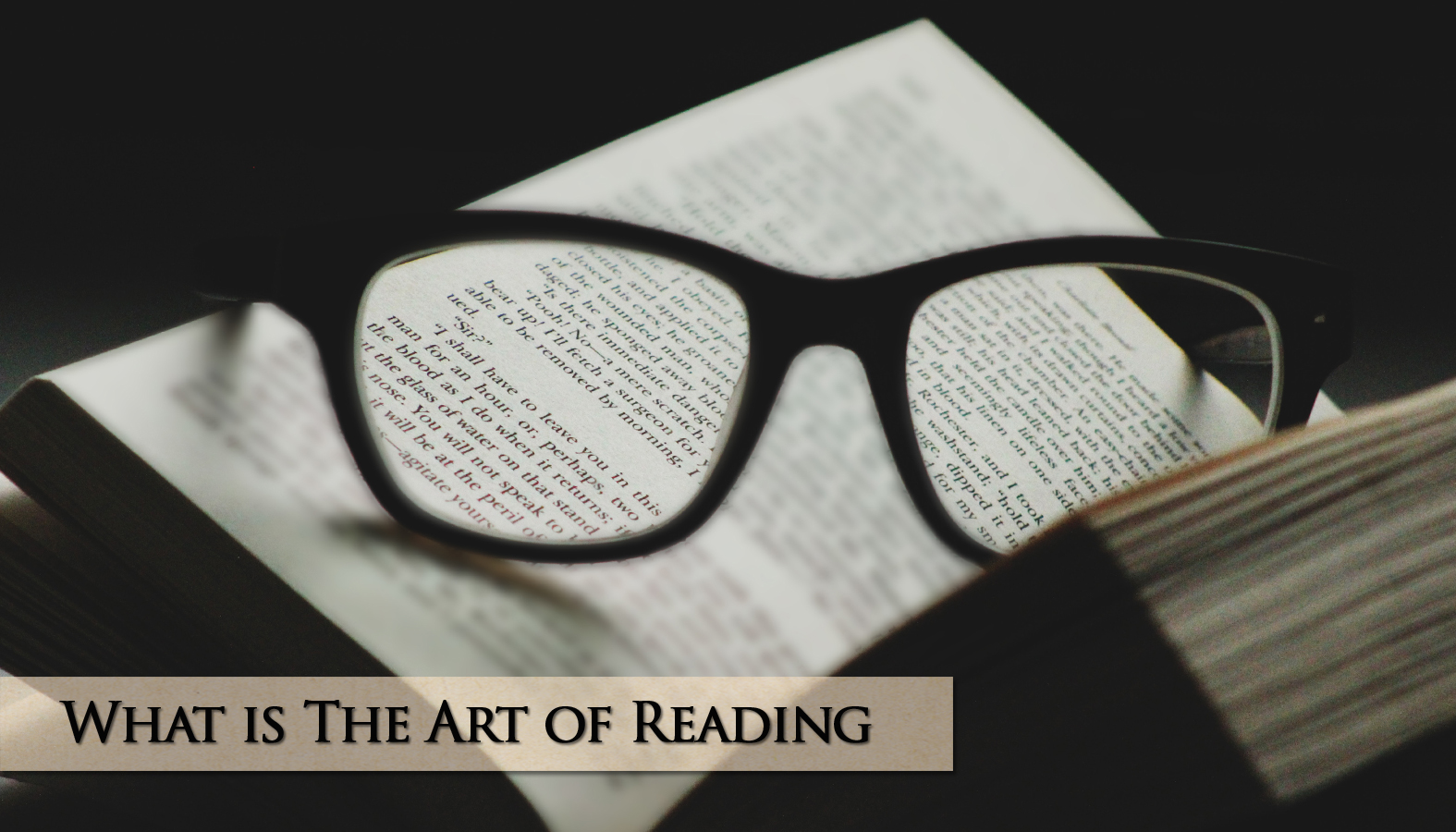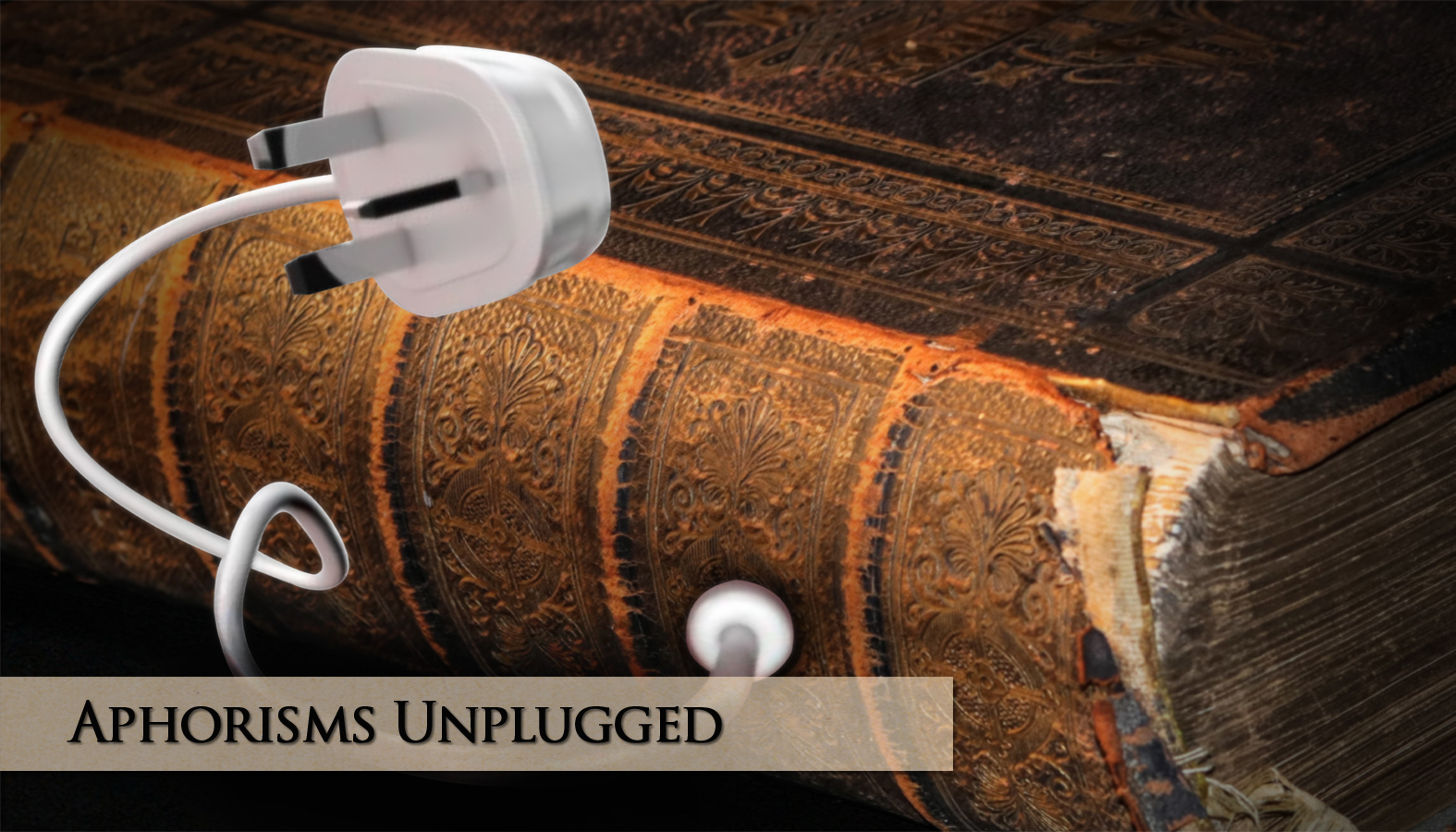The Autobiography of Malcolm X: a testimony of social value
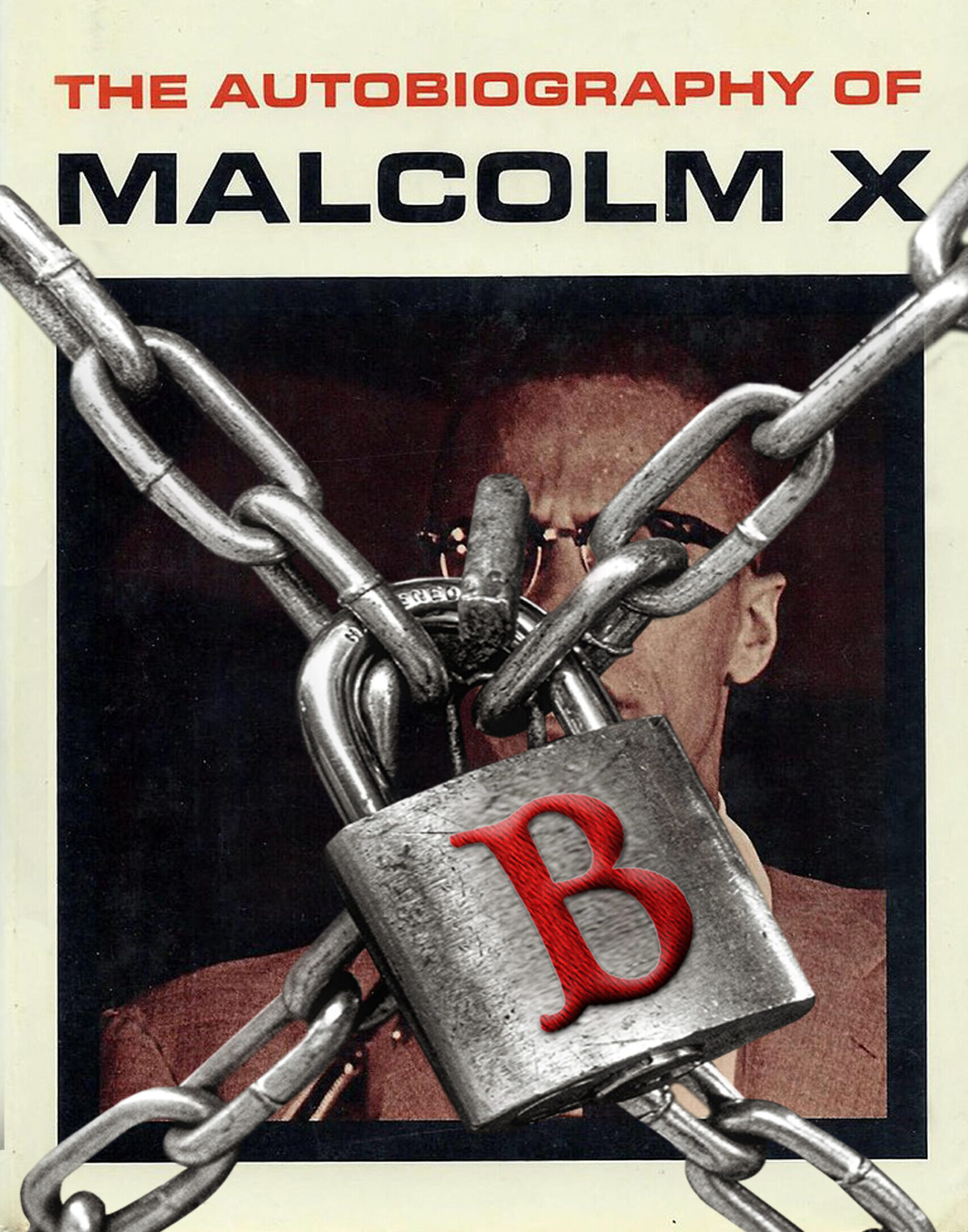
 M
M
alcolm X, needless to say, was a legendary civil rights activist and advocate for Black empowerment, one who continues to be widely celebrated for his pursuit of racial justice. His powerful speeches and fiery rhetoric challenged societal norms, which made him a controversial figure in the eyes of many white Americans – both during his lifetime and today.
His revolutionary ideas are espoused in The Autobiography of Malcolm X, which is regarded as one of the most influential books in the U.S. In fact, it has been awarded a spot in the Library of Congress’ “Books that Shaped America” exhibit. As the name indicates, the LOC’s exhibit displays and highlights books that “have had a profound effect on American life” – many of which, like The Autobiography of Malcolm X, have unfortunately been banned.[1]
Malcolm X’s autobiography tells his life story in its entirety, from childhood memories of his mother to his involvement in organized crime and subsequent incarceration – during which he joined the Nation of Islam. It continues through his break with Elijah Muhammad and conversion to Sunni Islam, to his well-founded belief that “there are those watching every move I make, awaiting their chance to kill me.”[2]
Given the fact that his ideas challenged existing power structures, he was acutely aware of how the powerful elite would try to label him. Understandably, he saw his autobiography as a chance to shape the way he would be perceived in history.[3]
How was The Autobiography of Malcolm X originally received?
Upon its release a mere eight months after his assassination, New York Times reviewer Eliot Fremont-Smith described The Autobiography of Malcolm X as “a brilliant, painful, important book.”[4] And the public clearly agreed with that assessment, because more than 6 million copies of the book were sold by 1977. And it continues to inspire readers half a century later.
As historian Zaheer Ali notes, reading The Autobiography allowed people to explore Malcom X’s story on their own terms, rather than absorb the derision for Malcolm within the predominantly white press. And, the overall public mood toward Malcolm X did indeed take a positive turn after the book’s release.[5]
However, given Malcolm X’s unapologetic nature and the fact that his ideas challenged the status quo, it should come as no surprise that his autobiography was decried by some as a “guide to crime and chaos.”[6] Such characterizations continue to fuel the frequent bannings of this book.
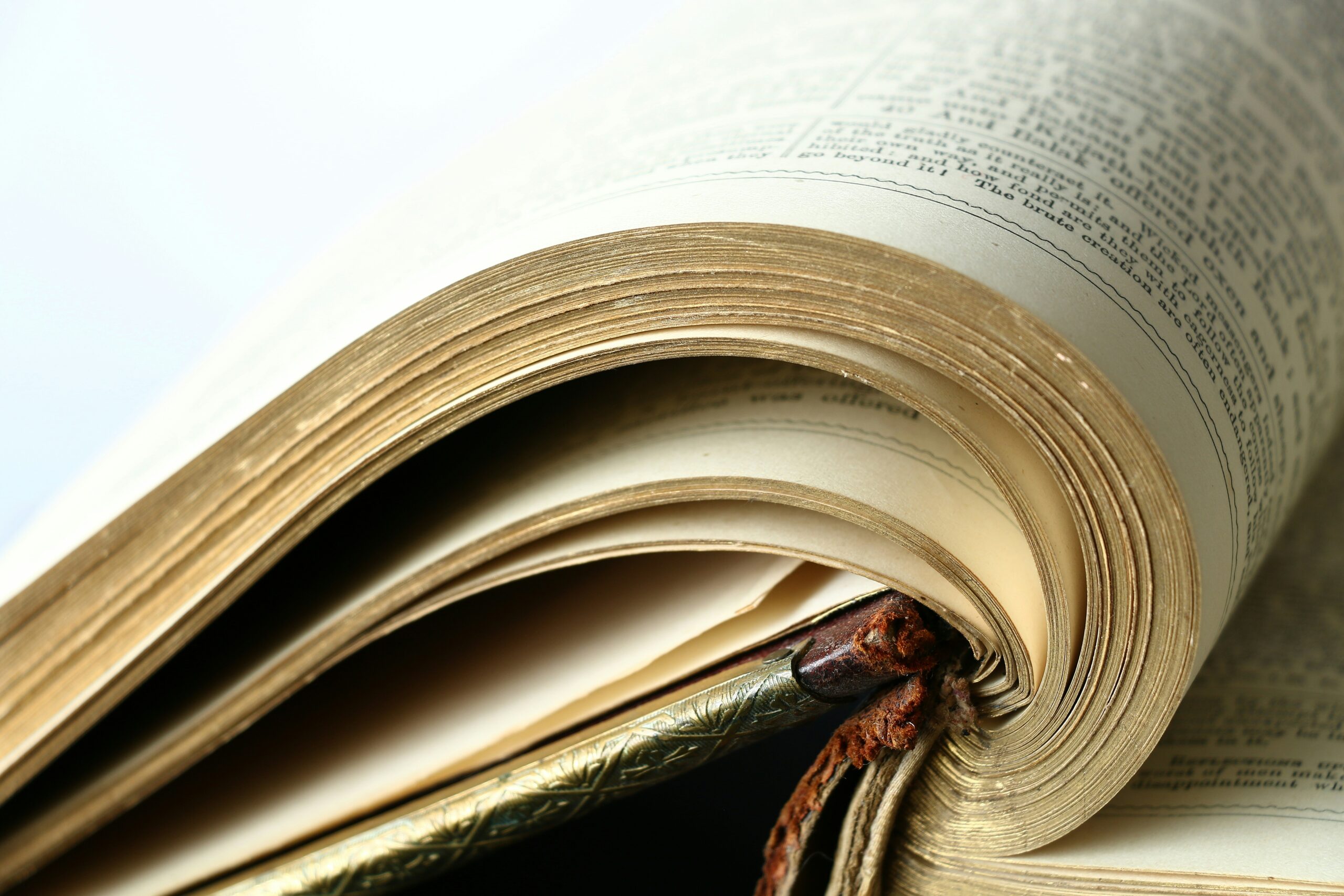
The Autobiography of Malcolm X, a literary rarity.
Written in collaboration with Alex Haley, this book is a literary rarity… an “autobiography” written by someone other than the subject.[7] How does that work, you ask? In short, Haley acted as a guide to navigating the storytelling process, but the words are all Malcolm’s.
It begins with Malcolm’s insistence:
![]() Nothing can be in this book’s manuscript that I didn’t say, and nothing can be left out that I want in it. [8
Nothing can be in this book’s manuscript that I didn’t say, and nothing can be left out that I want in it. [8
Then there’s Malcolm’s penchant for directness…
![]() I’m telling it like it is! You never have to worry about me biting my tongue if something I know as truth is on my mind.[9]
I’m telling it like it is! You never have to worry about me biting my tongue if something I know as truth is on my mind.[9]
As well as his motivation for collaborating with Haley:
![]() I have given to this book so much of whatever time I have because I feel, and I hope, that if I honestly and fully tell my life’s account, read objectively it might prove to be a testimony of some social value.[10]
I have given to this book so much of whatever time I have because I feel, and I hope, that if I honestly and fully tell my life’s account, read objectively it might prove to be a testimony of some social value.[10]
And finally, the fact that both men agreed wholeheartedly on Malcolm’s passionate desire to historicize his own existence while simultaneously seeking to change American history.[11]
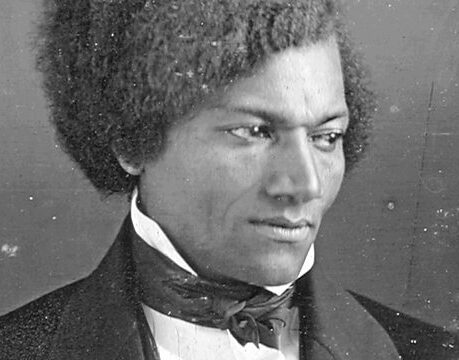
Who was The Autobiography of Malcolm X influenced by?
The Autobiography of Malcolm X has been compared to St. Augustine’s Confessions. In that they are both spiritual autobiographies, telling the story of a wayward young man who undergoes a religious conversion. As with Augustine, Malcolm’s project is the story of a sinner, one who finds God, transforms his life in this regard, and writes an autobiography as a guide that may lead others to spiritual transition.[12]
Given America’s history with race, we also see slave narrators like Frederick Douglass over Malcolm’s proverbial shoulder. Those who, like him, knew their narratives had to involve the secular enterprise of chronicling their search for earthly freedom and earthly power.[13]
So, Malcolm’s story is about both the spirit and the physical, about psychology as well as ideals. And, this blending of spiritual and social levels of experience is one of the defining achievements of The Autobiography of Malcolm X. As a unique blend of spiritual confession and oral social history, Malcolm X’s story becomes more than a simple testament of his lived experience. It’s also a polemic about the powerful elite, and ultimately a searingly honest baring of the inner self.[14]

Who did The Autobiography of Malcolm X influence?
The Autobiography of Malcolm X helped give voice to the emerging Black Power phase of the Black freedom movement. Black Power developed because for many African Americans it expressed what the mainstream civil rights movement did not – their frustration and anger with the intractability of racial injustice.
Ideas that Malcolm articulated, like self-respect, racial pride and self-determination, became philosophical mainstays of the Black Power movement.[15] According to African American Studies scholar Manning Marable, during the Black Power movement Malcolm X was quoted “with Talmudic-like authority,” and passages from The Autobiography were cited “chapter and verse.”[16]
Malcolm X’s autobiography resonated with young African Americans enrolling in historically white colleges and universities at greater rates as a result of the Civil Rights Act of 1964. Many of these students were not only seeking education, but an identity different from the one demeaning one historically decreed for them.[17] Marable describes The Autobiography of Malcolm X as being an “almost sacred text of Black identity.”[18]
Recorded and amplified by The Autobiography, Malcolm X’s voice spoke to black men languishing in prison as well, inspiring some to tell their own stories. George Jackson’s Soledad Brother, for example, and Bobby Seale’s Seize the Time, Eldridge Cleaver’s Soul on Ice, as well as Poems from Prison by Etheridge Knight, to name a few.[19]
Malcolm X’s story was also relatable to Black Americans experiencing homelessness. As Margari Hill, co-founder and Executive Director of Muslim Anti-Racism Collaborative, observes:
![]() He exemplified a way of being dignified without having to go through respectability politics. He showed you could still build and create a life for yourself.[20]
He exemplified a way of being dignified without having to go through respectability politics. He showed you could still build and create a life for yourself.[20]

What describes Malcom X’s Communication Style?
Malcolm X communicated in a precise, direct manner, one consistent with Michel Foucault’s concept of parrhesia. In parrhesia, the speaker “uses the most direct words and forms of expression he can find” to express “as directly as possible what he actually believes.” And, he avoids the use of any rhetorical form that would veil what he thinks.[21]
The following sentiment from Malcolm X regarding communication between the races confirms his parrhessiatic style:
![]() Raw, naked truth exchanged between the black man and the white man is what a whole lot more of is needed in this country—to clear the air of the racial mirages, clichés, and lies that this country’s very atmosphere has been filled with for four hundred years.[22]
Raw, naked truth exchanged between the black man and the white man is what a whole lot more of is needed in this country—to clear the air of the racial mirages, clichés, and lies that this country’s very atmosphere has been filled with for four hundred years.[22]
Parrhesia also has an element of criticism to it, speaking truth to a powerful elite that does not wish to hear it.[23] Once again, consistent with this concept, Malcolm X spoke the uncomfortable truths no one else had the courage or integrity to broach.
The following reproach of governmental actions during the World War II era is clearly directed at America’s white population – many of whom justify the actions Malcom X is condemning to this day:
![]() Where was the A-bomb dropped…“to save American lives”? Can the white man be so naive as to think the clear import of this ever will be lost upon the non-white two-thirds of the earth’s population?
Where was the A-bomb dropped…“to save American lives”? Can the white man be so naive as to think the clear import of this ever will be lost upon the non-white two-thirds of the earth’s population?
Before that bomb was dropped—right over here in the United States, what about the one hundred thousand loyal naturalized and native-born Japanese American citizens who were herded into camps, behind barbed wire? But how many German-born naturalized Americans were herded behind barbed wire? They were white! [24]
As poet, playwright and activist Sonia Sanchez points out, Malcolm X said out loud and in public what African American people had been saying behind closed doors “forever.” And he did it in a way that says:
![]() I am not afraid to say what you’ve been thinking all these years… That’s why we loved him. He said it out loud, not behind closed doors. He took on America for us.[25]
I am not afraid to say what you’ve been thinking all these years… That’s why we loved him. He said it out loud, not behind closed doors. He took on America for us.[25]
Sanchez sums it up by stating, “He expelled fear for African Americans.”[26] And in doing so, Malcolm X became a fearless, partisan, straight-talking hero.[27]
![]() When you accept the parrheisiastic game,” as Foucault states in no uncertain terms, “you risk death to tell the truth instead of reposing in the security of a life where the truth goes unspoken.[28]
When you accept the parrheisiastic game,” as Foucault states in no uncertain terms, “you risk death to tell the truth instead of reposing in the security of a life where the truth goes unspoken.[28]
This is, of course, how Malcolm X ultimately lived his life. He accepted the risks that came with speaking clear, direct, and unwavering truth to power. And on February 21, 1965 he was silenced. But his ideas live on… The Autobiography of Malcolm X was released the following October. And, it remains an extremely influential piece of literature, one that continues to speak truth to a powerful elite. Perhaps that’s why there are so many attempts to ban it.
For all you educators, download this teaching guide to
The Autobiography of Malcolm X.

#banned biographies #banned books #civil rights movement
Endnotes:
[1] “Malcolm X and Alex Haley, The Autobiography of Malcolm X (1965)”
Books That Shaped America 1950 to 2000. Library of Congress. https://www.loc.gov/exhibits/books-that-shaped-america/1950-to-2000.html#:~:text=Malcolm%20X%20and%20Alex%20Haley,become%20a%20classic%20American%20autobiography.
[2] Malcolm X. The Autobiography of Malcolm X. New York: The Random House Publishing Group, 1992. Pg 401.
[3] “Malcolm X: Make it Plain.” PBS American Experience. https://www.pbs.org/wgbh/americanexperience/features/malcolmx-autobiography-malcolm-x/
[4] Fremont-Smith, Eliot. The New York Times, November 5, 1965.
[5] Gandhi, Lakshmi. “55 years later, ‘The Autobiography of Malcolm X’ still inspires.” Sept. 10, 2020. NBCnews.com https://www.nbcnews.com/news/nbcblk/55-years-later-autobiography-malcolm-x-still-inspires-n1239797
[6] “The Autobiography of Malcolm X.” The Censorship Files: A Study of Texts, Images, and Information. November 15, 2016.
[7] “Malcolm X: Make it Plain.” PBS American Experience. https://www.pbs.org/wgbh/americanexperience/features/malcolmx-autobiography-malcolm-x/
[8] Malcolm X. The Autobiography of Malcolm X. New York: The Random House Publishing Group, 1992. Pg 408.
[9] Malcolm X. The Autobiography of Malcolm X. New York: The Random House Publishing Group, 1992. Pg 399.
[10] Malcolm X. The Autobiography of Malcolm X. New York: The Random House Publishing Group, 1992. Pg 289.
[11]Stone, Albert (1982). Autobiographical Occasions and Original Acts: Versions of American Identity from Henry Adams to Nate Shaw (Paperback ed.). Philadelphia: University of Pennsylvania Press. Pg 249.
[12] Rampersad, Arnold. “The Color of His Eyes.” In Malcolm X: in our own image. Edited by Joe Wood. New York: St. Martin’s Press, 1992. Pg 120.
[13] Rampersad, Arnold. “The Color of His Eyes.” In Malcolm X: in our own image. Edited by Joe Wood. New York: St. Martin’s Press, 1992. Pg 120.
[14] Rampersad, Arnold. “The Color of His Eyes.” In Malcolm X: in our own image. Edited by Joe Wood. New York: St. Martin’s Press, 1992. Pg 120.
Stone, Albert (1982). Autobiographical Occasions and Original Acts: Versions of American Identity from Henry Adams to Nate Shaw (Paperback ed.). Philadelphia: University of Pennsylvania Press. Pg 250.
[15] “The Foundations of Black Power.” National Museum of African American History & Culture.
“Malcolm X and Alex Haley, The Autobiography of Malcolm X (1965)” Books That Shaped America 1950 to 2000. Library of Congress. https://www.loc.gov/exhibits/books-that-shaped-america/1950-to-2000.html#:~:text=Malcolm%20X%20and%20Alex%20Haley,become%20a%20classic%20American%20autobiography
[16] Marable, Manning. “Rediscovering Malcolm’s Life: A Historian’s Adventures in Living History.” Souls: A Critical Journal of Black Politics, Culture, and Society. Vol. 7 Issue 1, 2005. Pp 20-35.
[17] “A Literary History of The Autobiography of Malcolm X.” Harvard University Press Blog. April 20, 1012.
https://harvardpress.typepad.com/hup_publicity/2012/04/a-literary-history-of-the-autobiography-of-malcolm-x.html
[18] Marable, Manning. “Rediscovering Malcolm’s Life: A Historian’s Adventures in Living History.” Souls: A Critical Journal of Black Politics, Culture, and Society. Vol. 7 Issue 1, 2005. Pp 20-35.
[19] “A Literary History of The Autobiography of Malcolm X.” Harvard University Press Blog. April 20, 1012.
https://harvardpress.typepad.com/hup_publicity/2012/04/a-literary-history-of-the-autobiography-of-malcolm-x.html
[20] Gandhi, Lakshmi. “55 years later, ‘The Autobiography of Malcolm X’ still inspires.” Sept. 10, 2020. NBCnews.com https://www.nbcnews.com/news/nbcblk/55-years-later-autobiography-malcolm-x-still-inspires-n1239797
[21] Foucault, Michel. The Meaning and Evolution of the Word Parrhesia in Discourse & Truth: the Problematization of Parrhesia, 1999. https://foucault.info/parrhesia/foucault.DT1.wordParrhesia.en/
[22] Malcolm X. The Autobiography of Malcolm X. New York: The Random House Publishing Group, 1992. Pg 289.
[23] Foucault, Michel. The Meaning and Evolution of the Word Parrhesia in Discourse & Truth: the Problematization of Parrhesia, 1999. https://foucault.info/parrhesia/foucault.DT1.wordParrhesia.en/
[24] Malcolm X. The Autobiography of Malcolm X. New York: The Random House Publishing Group, 1992. Pg 284.
[25] Sonia Sanchez. “Eyes on the Prize II Interview.” Blackside, Inc. Washington University in St. Louis. http://repository.wustl.edu/concern/videos/rn301512c
[26] Sonia Sanchez. “Eyes on the Prize II Interview.” Blackside, Inc. Washington University in St. Louis. http://repository.wustl.edu/concern/videos/rn301512c
[27] Stone, Albert (1982). Autobiographical Occasions and Original Acts: Versions of American Identity from Henry Adams to Nate Shaw (Paperback ed.). Philadelphia: University of Pennsylvania Press. Pg 250-251.
[28] Foucault, Michel. The Meaning and Evolution of the Word Parrhesia in Discourse & Truth: the Problematization of Parrhesia, 1999. https://foucault.info/parrhesia/foucault.DT1.wordParrhesia.en/
Images:
1st edition cover of The Autobiography of Malcolm X: public domain via Wikipedia
The Autobiography of Malcolm X, a literary rarity: Photo by Pierre Bamin on Unsplash
Who was The Autobiography of Malcolm X influenced by: photo of Frederick Douglass – public domain via Wikimedia commons
Who did The Autobiography of Malcolm X influence: Fenton, David. “The Foundations of Black Power.”
September 1970. National Museum of African American History & Culture.
Malcolm X’s communication style:
Parks, Gordon. “Malcolm X Gives Speech at Rally, Harlem, New York from the portfolio IAM YOU, 1963. Buffalo AKG Art Museum.
FYI:
This Book is Banned participates in the Amazon.com affiliate program, where we earn a small commission by linking to books (but the price remains the same to you). This allows us to remain free, and ad free. [Our privacy policy]

